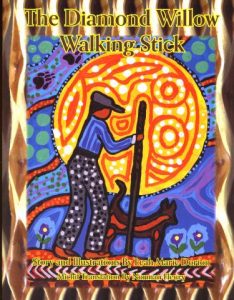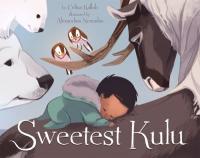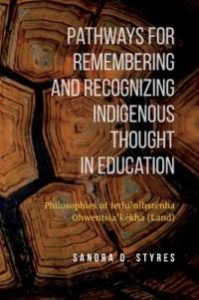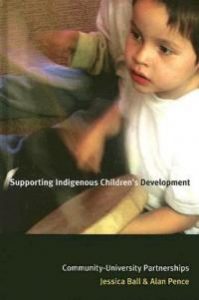Join OISE Library as we celebrate National Indigenous History Month and National Indigenous Peoples Day (June 21) and National Indigenous History Month. In June, we recognize the rich contributions First Nations, Inuit and Métis peoples have made to Canada and the strength of present-day Indigenous communities. The OISE Library Ground Floor Display for June highlights Indigenous children’s books and scholarly material inviting readers to learn more about Indigenous history, perspectives and culture. Materials in the display are available for borrowing!
 Bones in the Basket: Native Stories of the Origin of People by C.J. Taylor
Bones in the Basket: Native Stories of the Origin of People by C.J. Taylor
Bones in the Basket is a collection of seven stories from the peoples of Chuckee, Cree, Mandan, Modoc, Mohawk, Osage, and Zuni Nations. Each story is written by Mohawk writer and artist C.J. Taylor and was inspired by the creation of the Earth and how humankind came to inhabit it. Taylor notes in the introduction that while each story focuses on different aspects they all have a related theme in which the Earth is a gift given to us and that all life is interrelated, recognizing the obligation to protect it. Each story is retold by Taylor with an accompanying full page illustration. The last page of the book provides brief information about each Indigenous group. The legends told by the seven Indigenous groups inspired the author and she hopes that this book will too open the eyes of readers.
 The Diamond Willow Walking Stick: A Traditional Métis Story About Generosity by Leah Marie Dorion and Michif translation by Norman Fleury
The Diamond Willow Walking Stick: A Traditional Métis Story About Generosity by Leah Marie Dorion and Michif translation by Norman Fleury
The Diamond Willow Walking Stick is a dual language Michif-English book by Métis storyteller and author Leah Marie Dorion. Comprised of traditional teachings about generosity remembered by a Métis Elder, the story begins with a recollection of living in a log cabin as a young boy with his grandparents. This beautifully illustrated children’s picture book takes the reader and listener through a journey of lifelong lessons imparted by Métis Senators, honouring the special bond between Métis children and their grandparents. This book includes an accompanying narration CD in English and Michif-Cree. The ending of the story also provides the reader with a chart explaining the traditional Métis uses for willow trees (lii sool nipisiya) and a glossary.
Sweetest Kulu by Celina Kalluk and illustrated by Alexandria Neonakis
Written by Celina Kalluk, Inuktitut Language Specialist and Cultural Arts teacher at Qarmartalik School in Resolute Bay, Sweetest Kulu is a bedtime poem that describes the natural gifts given to a newborn baby by all the animals of the Arctic. Kalluk’s rhythmic text and Neonakis’ beautiful illustrations brings together a visually captivating book celebrating Inuit values of love and respect for the land and its animals.
 Pathways for Remembering and Recognizing Indigenous Thought in Education: Philosophies of Iethi’nihstenha Ohwentsia’kekha (Land) by Sandra D. Styres
Pathways for Remembering and Recognizing Indigenous Thought in Education: Philosophies of Iethi’nihstenha Ohwentsia’kekha (Land) by Sandra D. Styres
Pathways for Remembering and Recognizing Indigenous Thought in Education is a culmination of author and OISE CTL Faculty Member Sandra D. Styres’ experiences with understanding Land-centered Indigenous philosophies. Styres uses parentheses as a stylistic way to emphasize the prefix re-, reminding the reader of the meaning “once more, afresh, and anew” aligning the concept of circularity as a key theoretical framework throughout this book. This book aims to offer possibilities for transformative teaching practices through conceptualizing, remembering, and understanding traditions and philosophies within a twenty-first century educational context.
Supporting Indigenous Children’s Development by Jessica Ball & Alan Pence
Created through the partnerships between First Nations peoples in Canada and the authors at the University of Victoria, this book describes the evolution and practice of a pilot partnership that led to the First Nations Partnership Programs that as initiated in 1989. This community based partnership approach aimed to strengthen the community of nine Cree and Dene First Nations in the province of Saskatchewan to design, deliver, and evaluate culturally appropriate programs to support Indigenous children’s development. The book discusses co-constructing curriculum from the inside out, covering important topics topics such as Elders’ involvement and cultural healing, fostering greater understanding of First Nations in the wider community, and community based delivery.
